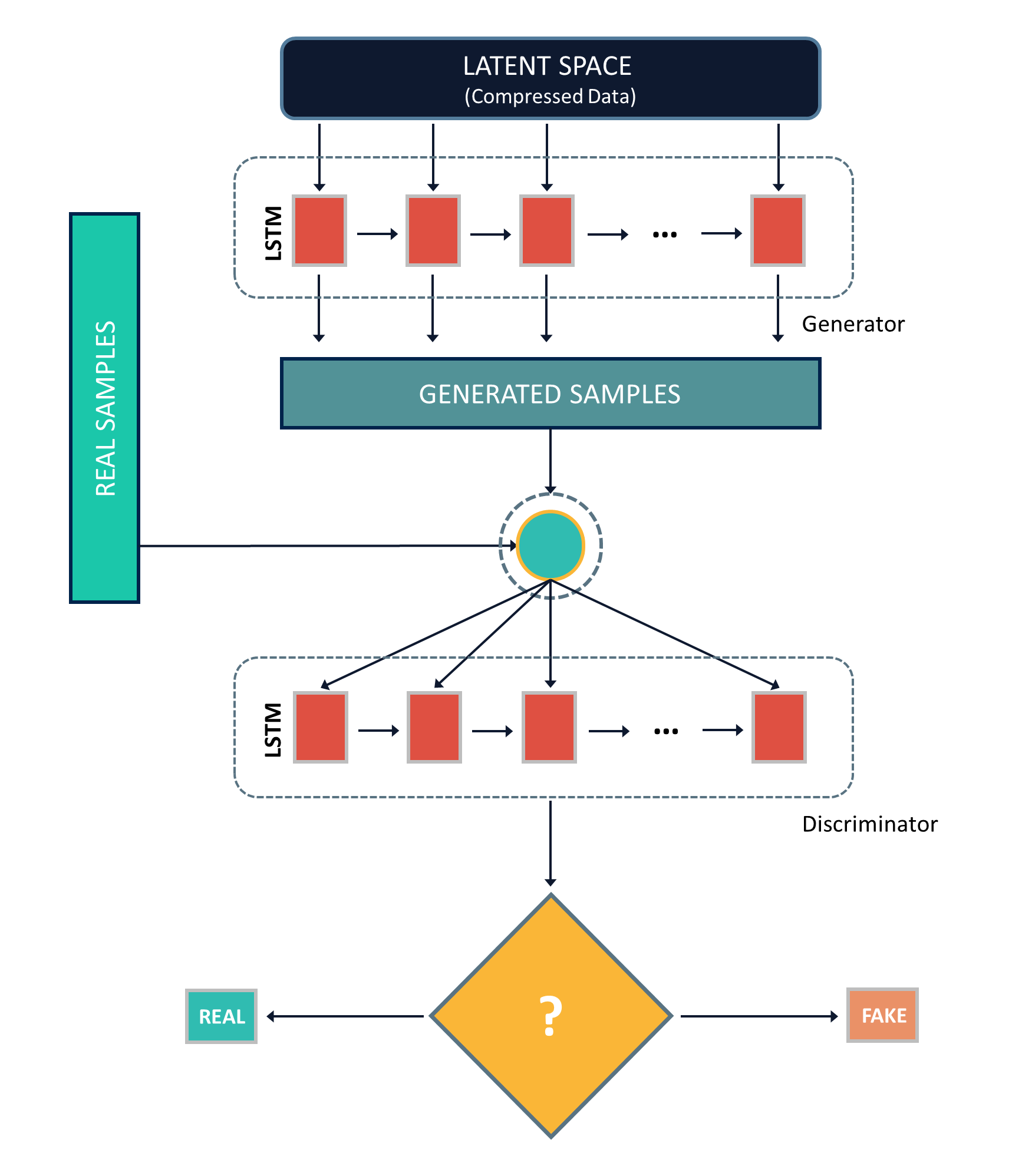


When tens of thousands of customer transaction records and credit cards are streaming from a database and out through the firewall, isn't that something that should be noticed and stopped? Network traffic analysis with IP Flow Instead, security tools must now focus on the interior of the network and possess network anomaly detection capabilities.Īn expanded focus means identifying all mission-critical information assets (as identified through an IT risk assessment) and then monitoring these assets to detect unwanted behavior. The planning assumption has to be made that it is not possible to detect and deny all advanced malware threats at the border. Security teams must go beyond trying to detect and deny malware at the border. The results are extremely promising: after the training phase to learn the normal system behaviour, our method is capable of detecting anomalies that have never been seen before with a very good accuracy (values ranging between 88% and 96%).As a result, a change of focus is needed. We test our approach on a real supercomputer equipped with a fine-grained, scalable monitoring infrastructure that can provide large amount of data to characterize the system behaviour. This is different from previous approaches which where based on learning the abnormal condition, for which there are much smaller datasets (since it is very hard to identify them to begin with). The key idea is to train a set of autoencoders to learn the normal (healthy) behaviour of the supercomputer nodes and, after training, use them to identify abnormal conditions. Performance Computing systems based on a Machine (Deep) Learning technique, namely a type of neural network called autoencoder.

We propose a novel approach for anomaly detection in High The current state of the art for automated anomaly detection employs Machine Learning methods or statistical regression models in a supervised fashion, meaning that the detection tool is trained to distinguish among a fixed set of behaviour classes (healthy and unhealthy states). Anomaly detection in supercomputers is a very difficult problem due to the big scale of the systems and the high number of components.


 0 kommentar(er)
0 kommentar(er)
